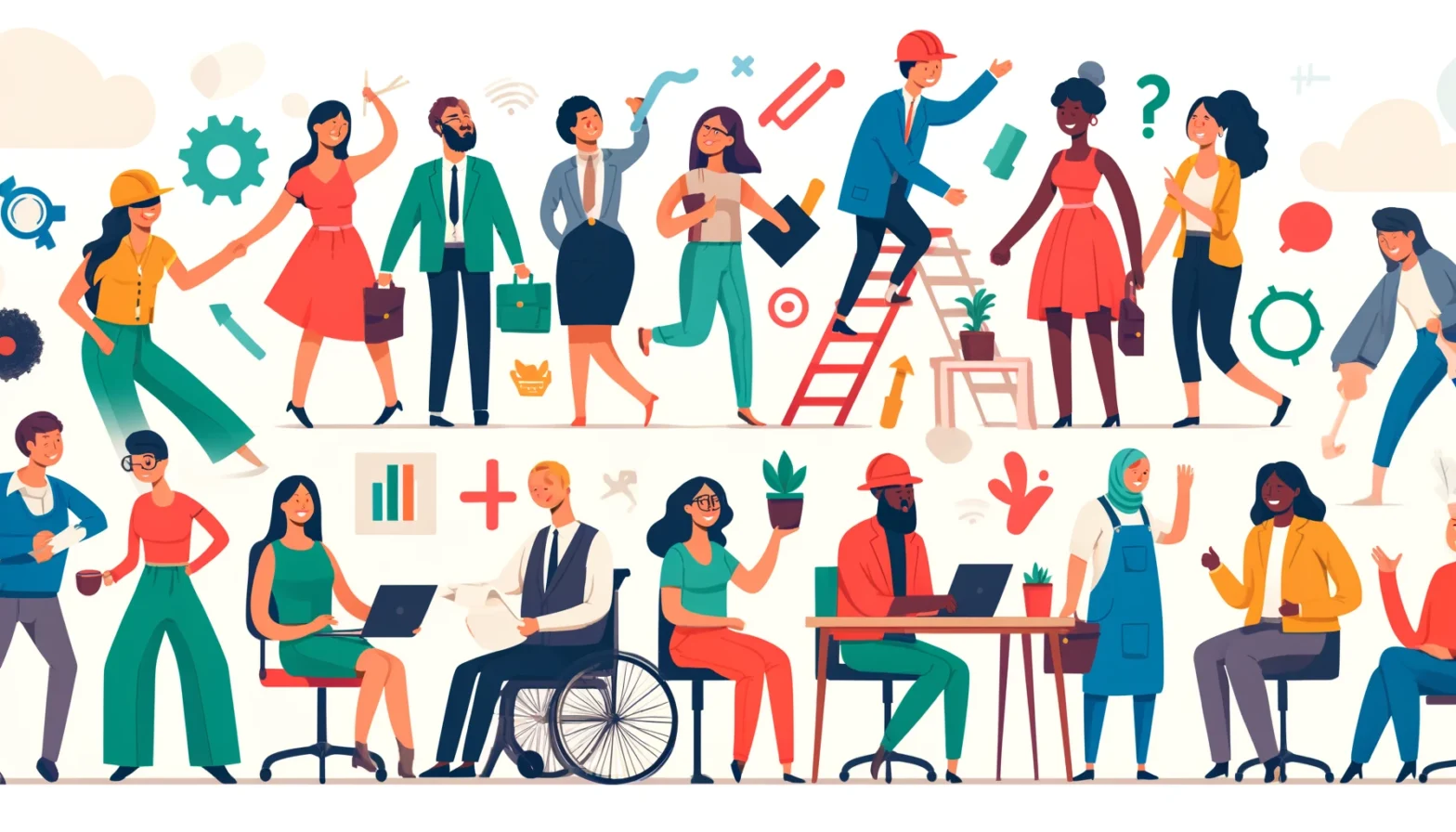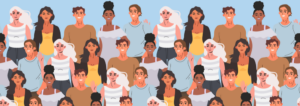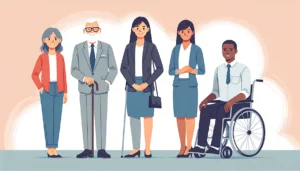Embracing intersectionality: A game-changer for modern HR
- 3 Min Read
Dive into “intersectionality,” the key to unlocking true diversity and inclusion in your modern workplace.
- Author: HRD Connect
- Date published: Apr 5, 2024
- Categories

Stepping into the intersectional workplace
The modern workplace is a dynamic tapestry, and to navigate it effectively, HR needs a powerful guiding principle: intersectionality.
Introduced by Kimberlé Crenshaw in the late 1980s, it wasn’t just a concept – it was a call to action. Back then, it highlighted the overlooked struggles of Black women facing compounded discrimination.
Today, it’s a framework that acknowledges the unique experiences of everyone, where their race, gender, age, disability, sexuality, and more, all weave together to shape their journey.
In the workplace, intersectionality isn’t about checking a diversity box. It’s about creating a vibrant space where everyone can flourish, regardless of their background. As businesses strive for true inclusivity, integrating intersectionality into HR practices becomes the key that unlocks true potential.
Why HR must champion intersectionality
For HR professionals, intersectionality isn’t a fad; it’s the new reality. The one-size-fits-all approach is simply inadequate in today’s diverse workforce.
Intersectionality compels HR to see beyond superficial labels and delve into the complex interplay of discrimination and privilege. This empowers them to design programs that resonate with every employee’s needs.
Imagine initiatives supporting women that consider the challenges faced by women of color, or LGBTQ+ employees. By acknowledging these intricacies, HR can cultivate a work environment that’s not just inclusive, but equitable and supportive.
The benefits go beyond a feel-good factor for employees. It strengthens your company culture, boosts productivity, and sparks innovation.
The roadblocks: Intersectionality in action
The road to intersectionality isn’t always smooth. Deep-rooted biases and systemic structures can create roadblocks. Think recruitment processes that overlook disabled candidates, or the invisible walls that hold women, especially those of color, back from leadership roles. These challenges are amplified for those with intersecting marginalized identities.
Imagine a woman over 45, with a disability, and of South Asian descent – she might face a quadruple threat of discrimination throughout her career journey. To dismantle these barriers, HR needs to become a champion for change. Identify and rectify policies that perpetuate inequality, ensure your recruitment practices are open to all backgrounds, and educate your workforce about intersectionality and its impact.
Charting your course: Strategies for HR
Embracing intersectionality requires a multi-pronged approach that goes beyond superficial diversity initiatives.
First, HR should launch a comprehensive review of existing policies and practices. Are there hidden biases lurking within them? Revamp your recruitment process to attract a diverse pool of talent, and equip your employees with knowledge through intersectionality training programs.
Foster a safe space for open conversations – let your employees share their stories and build a culture of empathy and understanding. Mentorship programs can be powerful tools too. Pair underrepresented groups with senior leaders to open doors for career development and advancement.
Remember, the key is continuous improvement. Regularly solicit feedback from your workforce and assess your diversity and inclusion initiatives. By staying responsive to the evolving needs of your people, HR can become the architect of a truly intersectional workplace.







